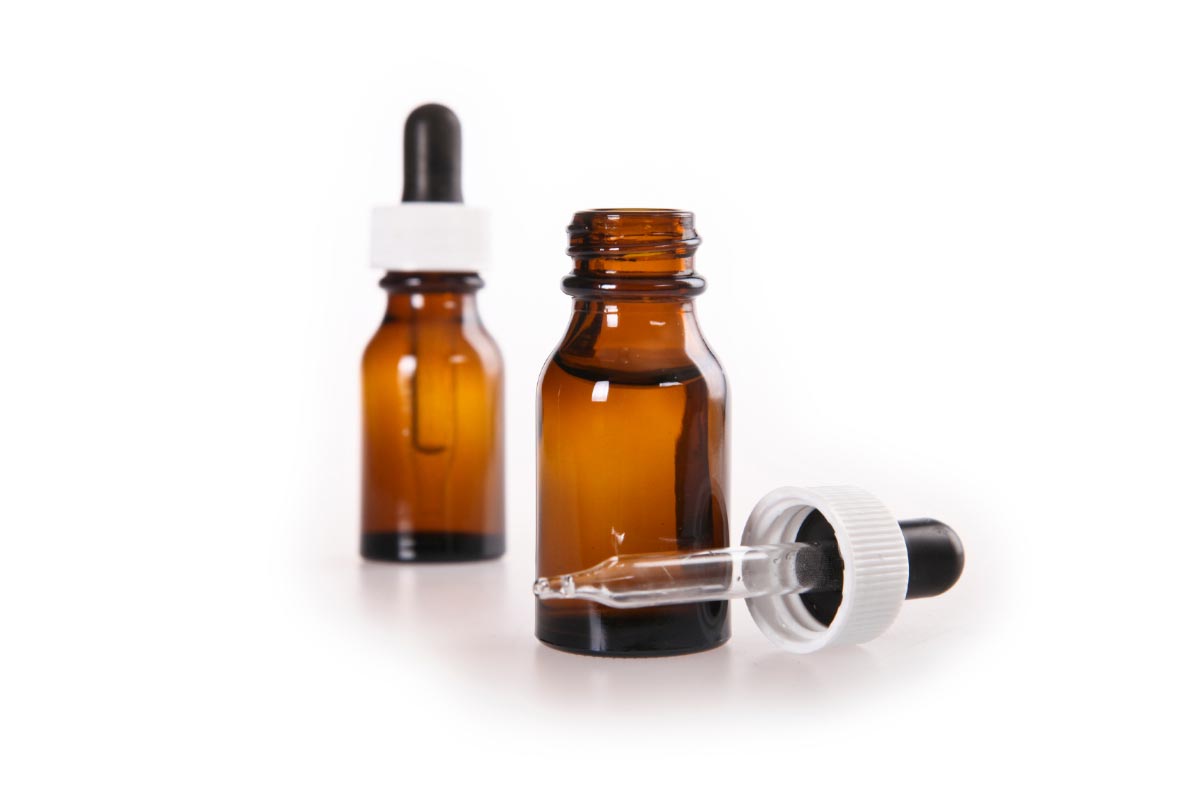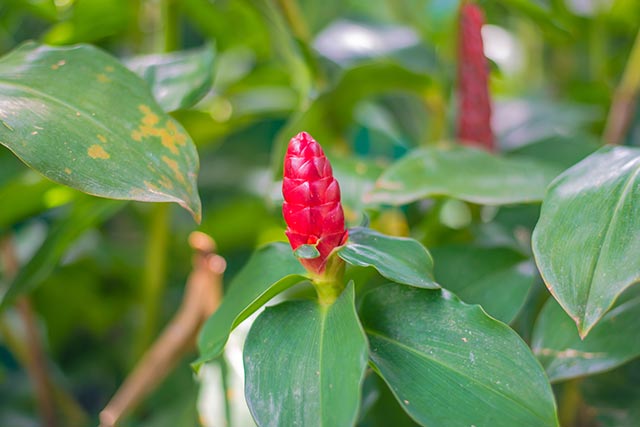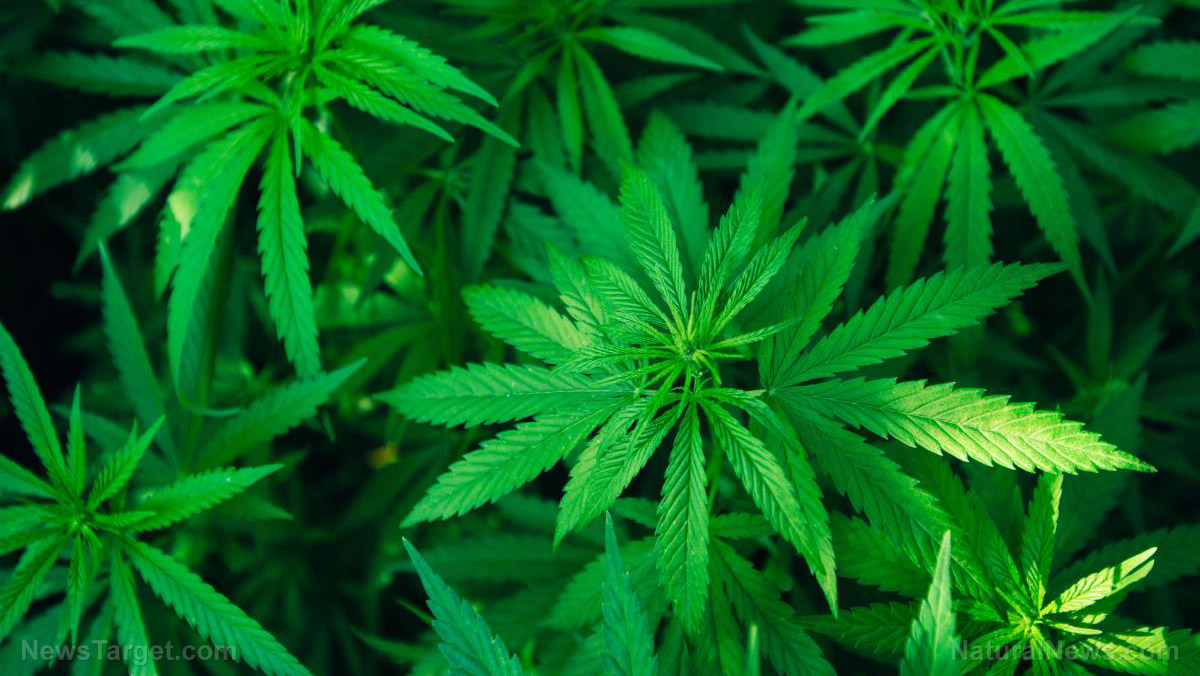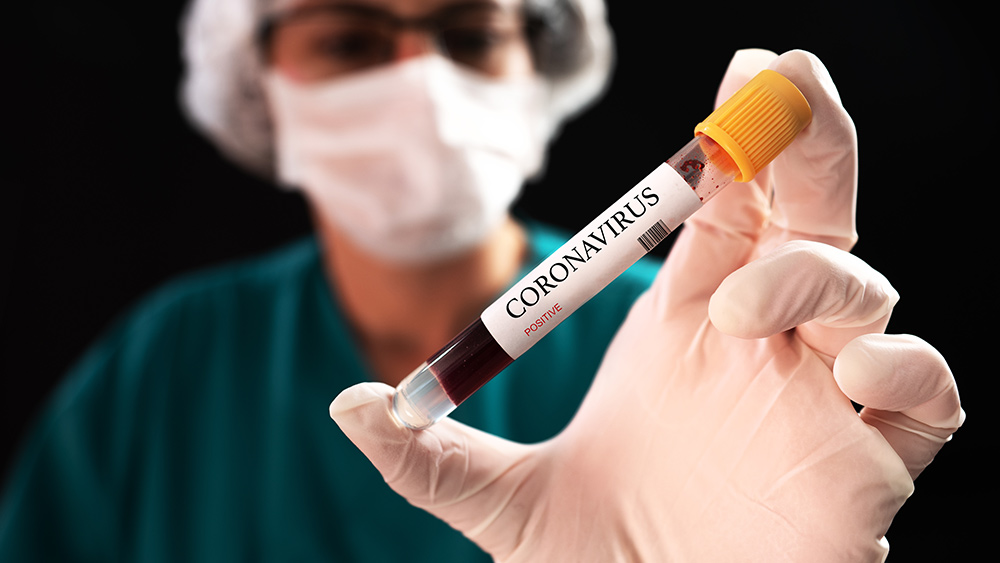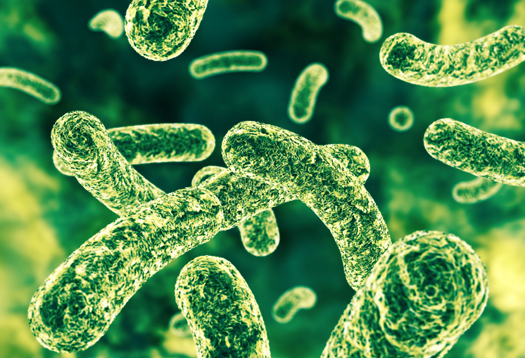Sweet superfood: Australian manuka honey is just as beneficial as New Zealand varieties
01/23/2020 / By Rose Lidell

Those looking for healthy and natural sugar alternatives often turn to honey. The sweet syrup is commonly used as a home remedy for conditions like gingivitis or a sore throat, but manuka honey in particular is prized among health buffs because it has potent antibacterial properties.
New Zealand manuka honey is a superfood that’s used to treat skin wounds, lower cholesterol and prevent cancer, but a study has found that Australian-made manuka may be just as effective against superbugs.
A team of researchers at the University of Technology Sydney studied over 80 honey samples derived from Queensland and New South Wales flowering manuka (Leptospermum scoparium) trees. They found the chemical that made New Zealand manuka honey a superfood was also present in the varieties from Australia.
Dr. Nural Cokcetin, an author of the study, explained that the findings prove something that researchers have long believed: That Australian manuka honey is a great source of the beneficial compound called methylglyoxal (MGO).
Researchers also found that even though more than seven years have passed after harvesting, the activity of Australian manuka honeys remains unchanged. This suggests that the shelf life of medicinal honey products may also be extended.
Cokcetin continued that the findings put Australian manuka honey on the international radar at the right time since health experts around the globe are continuously looking for natural remedies for antibiotic resistance.
Recent years have seen a rise in the number of antibiotic-resistant superbugs, prompting a renewed interest in the clinical usage of honey. Honey doesn’t just kill bacteria upon contact. Surprisingly, bacteria do not develop a resistance to the sweet superfood.
The manuka species, in particular, displays an extraordinarily “high level of antibacterial activity.” New Zealand has served as the dominant source for medicinal honey. The country, however, grows only one species of Leptospermum; additionally, the parasitic varroa mite is infesting the honey bee colonies of New Zealand.
Australia has over 83 species of Leptospermum growing on its soil, and its beekeeping industry is still free of the varroa mite. With over 12,400 registered beekeepers in Australia and over 200,000 commercially utilized hives, the industry produces up to 30,000 tons of honey on an annual basis.
“That the manuka varieties in Australia are just as active as those in New Zealand, and have essentially the same chemical profile, will add significant value to Australian honey for beekeepers and provide a plentiful supply of medicinal honey,” stated Professor Liz Harry, director of the ithree institute at the University of Technology Sydney and co-author of the study.
Michael Hornitzky, a spokesperson for the Honey Bee & Pollination Research and Development program, shared that the study’s results could cause a notable increase in the demand for Australian honey.
He added that the discovery of this extensive resource base helps cement Australia’s role in supplying the growing medicinal honey market.
Fast facts on manuka honey
- While known as “manuka” in New Zealand, Leptospermum is more commonly known as the “tea tree plant” in Australia.
- Varroa mites affect hives by feeding and living on the adult honey bees, pupae, and larvae. By feeding and reproducing on the honey bee brood, they cause malformations, transmit viruses and greatly decrease the population of the hive.
- Manuka honey has been praised for its efficacy in both external and internal medical applications. It has been used to treat skin conditions prone to serious infection, digestive problems, ringworm, and many other ailments.
- Manuka honey can even be used cosmetically, as it can also be used as a facial cleanser and to get rid of dandruff. Some have used it to improve dental health as, in addition to its antimicrobial, antioxidant and antibacterial properties, it also contains a high nutritional value.
- Manuka honey is also a rich source of various minerals and vitamins like calcium, zinc, and phosphorus.
Satisfy your sweet tooth and reap the health benefits of a natural sugar alternative by switching to manuka honey.
Sources:
Tagged Under: food cures, food is medicine, food science, grocery, honey, methylglyoxal, natural antibiotics, natural cure, natural cures, natural medicine, natural remedies, natural sweeteners, nutrients, remedies, research
RECENT NEWS & ARTICLES
COPYRIGHT © 2017 NATURAL CURES NEWS






